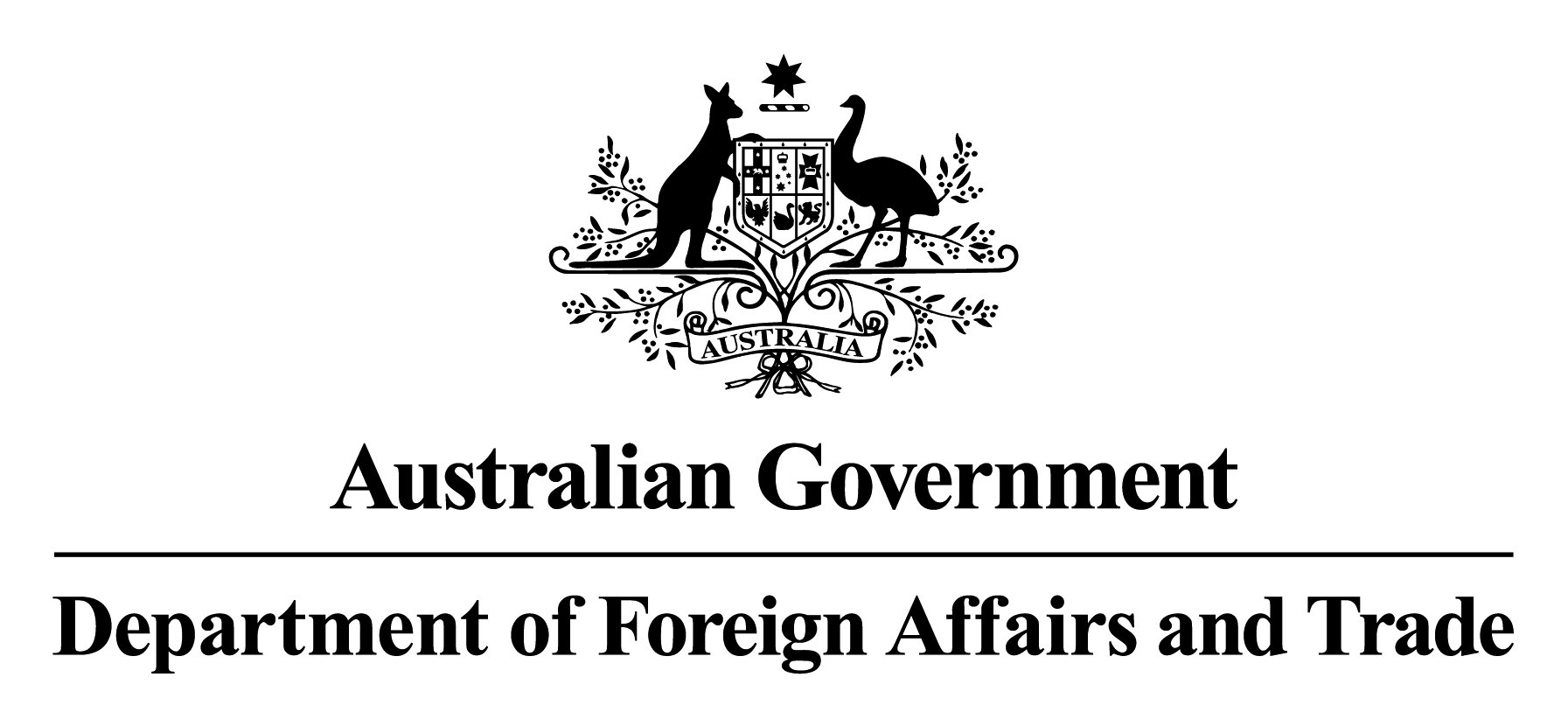The impact of labour-intensive natural asset creation programmes on livelihoods and food security
While the link between the wage and its contribution to improved livelihoods is realtively straight forward and has been confirmed through research, the contribution of the natural assets to livelihoods, poverty reduction, food security and resilience is much less clear. This is not least because there is a dearth of baseline information against which to measure livelihoods improvements, because there are many compounding factors which make it difficult to separate the impacts of assets on livelihoods from other developments, and finally because there is a lack of rigorous and efficient methodologies for assessing the impacts of natural asset creation interventions on livelihoods, food security and resilience.
This research does not intend to evaluate specific public works or food-for-asset interventiones. Instead, it aims to develop a methodology that can be used to asees the impacts of such assets on livelihoods, food security and resilience. The the research aims to achieve:
- a better understanding within the development community (for example, governments or development partners) about the contribution of different asset creation interventions to livelihoods, food security and resilience of different people in different situations;
- improved design of asset creation intervention programmes; and
- improved use of asset creation programmes ithin a suite of complementary interventions.
This reserach will be carried out over two years in Ethiopia and Kenya. Research methods will include a combination of quantitative and qualitative methodologies and focus on both bio-physical and socio-economic and institutional aspects related to the natural assets created.
Staff
-
Anna McCord
Senior Research Associate
-
Simon Levine
Senior Research Fellow
-
Maren Duvendack
Research Associate
-
Eva Ludi
Head of Programme - Water Policy
